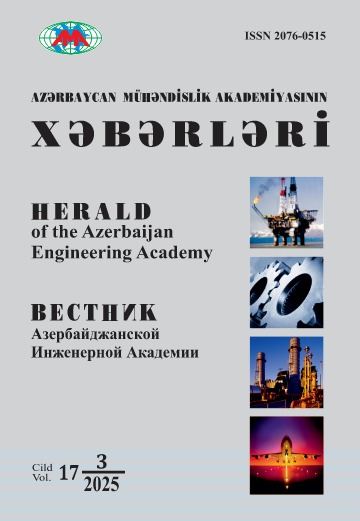Evaluation of the Effect of Relative Slip Ratio on Wear of Gear Teeth
DOI:
https://doi.org/10.52171/2076-0515_2024_16_03_32_39Keywords:
wear of teeth, relative sliding coefficient, sliding speed, loading, speed, operating conditions, maintenanceAbstract
Corrosion of the contact surfaces of gear teeth is directly related to slippage of the mating process. This occurs as a result of the material at the contact points slowly breaking and weakening as the mating teeth interact with each other. This process affects the sliding speed of the joint and the effective operation of the gears. Initially, the sliding speed increases when the teeth of the gears come closer to each other and come into contact. But as the contact point approaches the polar point, the sliding speed decreases and then increases by changing its direction. This variability leads to changes in the intensity of wear at different points of tooth profiles. In gear transmissions, the slip factor, that is, the convergence of the tooth profiles, and the effect of kinematic factors on the slip rate are also taken into account. The presence of slip during the contact pressure of one profile to another, or vice versa, the lack of slip, can lead to wear of the teeth. Repeated wearing of these sources and variable sliding speed can degrade the effective operation of the gears, causing knocks, vibrations, hums and other problems. This can also lead to maintenance problems and may require rebuilding or replacement of the gears.
Downloads
Published
How to Cite
Issue
Section
License

This work is licensed under a Creative Commons Attribution-NonCommercial 4.0 International License.



